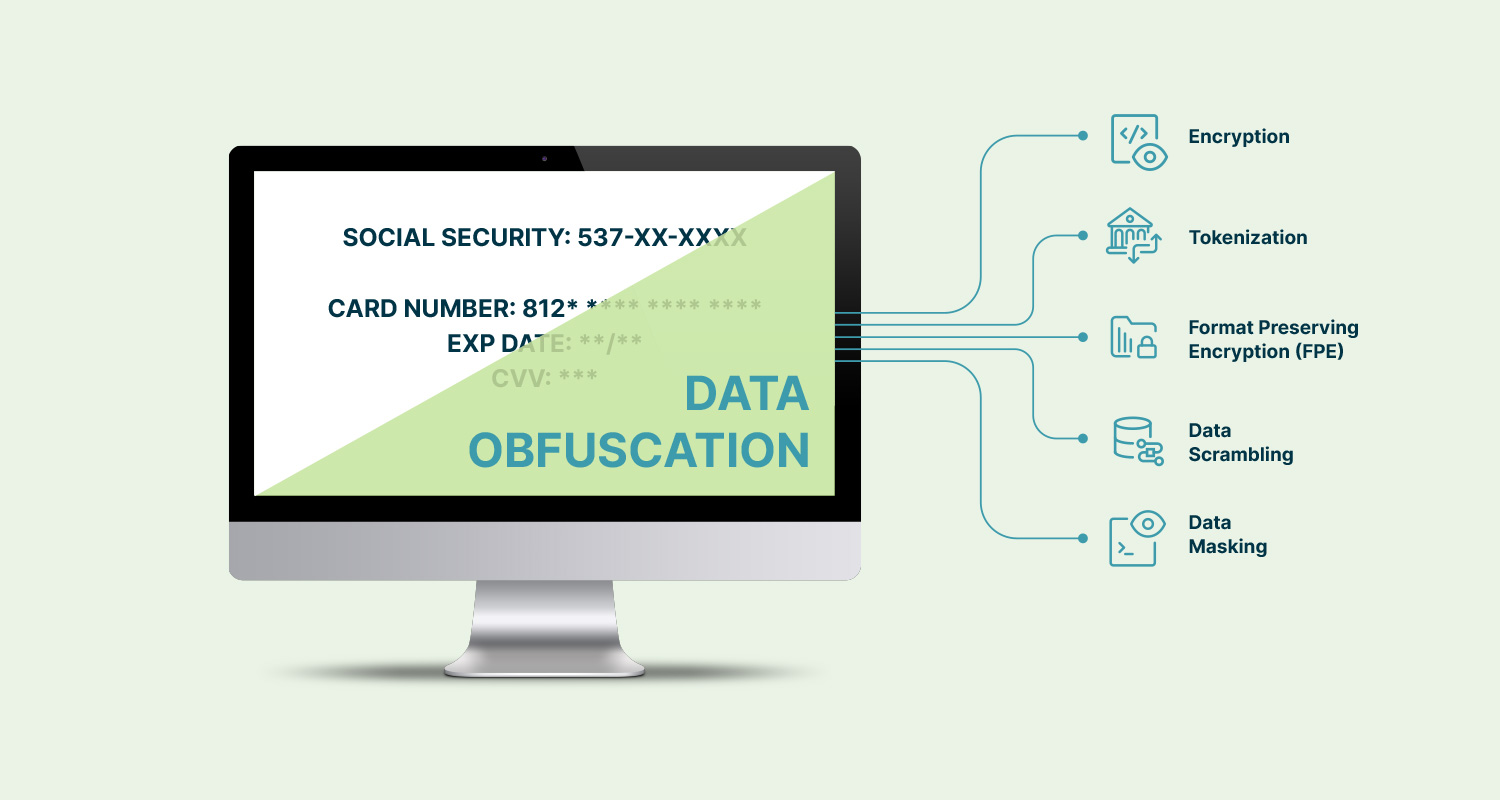The Centers for Disease Control (CDC) recently issued a roadmap of critical tasks for employers ready to get their staff back in the office. To date, the majority of guidance has focused on workplaces that remained open during the pandemic, from healthcare to retail and manufacturing. Those workplaces have already received guidance and taken measures to help minimize the potential risk of exposure to COVID-19. Now, it is time for those workplaces vacated during the pandemic to do the same. Office spaces are top of the list, and the CDC’s guidance provides recommended steps to take in office settings to mitigate the risk of COVID-19 transmission. To accomplish these tasks, coordination among stakeholders, including building owners, managers, operations specialists (including security, custodial services, etc.), tenants and all those employed by these entities may be crucial.
The CDC recommends that employers begin planning even before they reopen their offices by maintaining open communication with building management and reopening only once the building is ready. Any reopening plan should first account for the unique hazards that can arise in a building left unoccupied for several weeks (mold, rodents, stagnant water, mechanical, ventilation, air conditioning, heating, and similar vital systems). Some of these systems may require specific start-up procedures. Building staff can consult ASHRAE Standard 180-2018, Standard Practice for the Inspection and Maintenance of Commercial Building HVAC Systems, and determine how far in advance of reopening the systems should be started and tested.
Littler Mendelson P.C., a firm specializing in employment and labor, has published a summary of the major recommendations. Read more here, such as:
- Improving Air Ventilation
- Rearranging Physical Workplaces and Schedules
- Training Employees in Preparation to Reopen
- Policies to Promote Healthy Conduct in the Workplace
- Further Guidance on Addressing COVID-19 Cases in the Workplace
The CDC recommendations undoubtedly impose a burden on employers, exacerbated by additional state and local requirements. Reopening will not be easy. Please reach out to your Sequoia Risk Advisor for additional guidance and information.
Additional Resources: The new guidance follows several other documents the CDC and other agencies have provided to employers in meeting the challenges of the current pandemic, including:
- CDC Interim Guidance for Businesses and Employers (COVID-19)
- CDC General Business Frequently Asked Questions
- NIOSH COVID-19 Workplace Safety and Health Topic
- OSHA Guidelines on Preparing Workplaces for COVID
- AIHA Reopening: Guidance for General Office Settings
- Building Owners & Managers Association International: Getting Back to Work: Preparing Buildings for Re-Entry Amid COVID-19
The information and materials on this blog are provided for informational purposes only and are not intended to constitute legal or tax advice. Information provided in this blog may not reflect the most current legal developments and may vary by jurisdiction. The content on this blog is for general informational purposes only and does not apply to any particular facts or circumstances. The use of this blog does not in any way establish an attorney-client relationship, nor should any such relationship be implied, and the contents do not constitute legal or tax advice. If you require legal or tax advice, please consult with a licensed attorney or tax professional in your jurisdiction. The contributing authors expressly disclaim all liability to any persons or entities with respect to any action or inaction based on the contents of this blog



